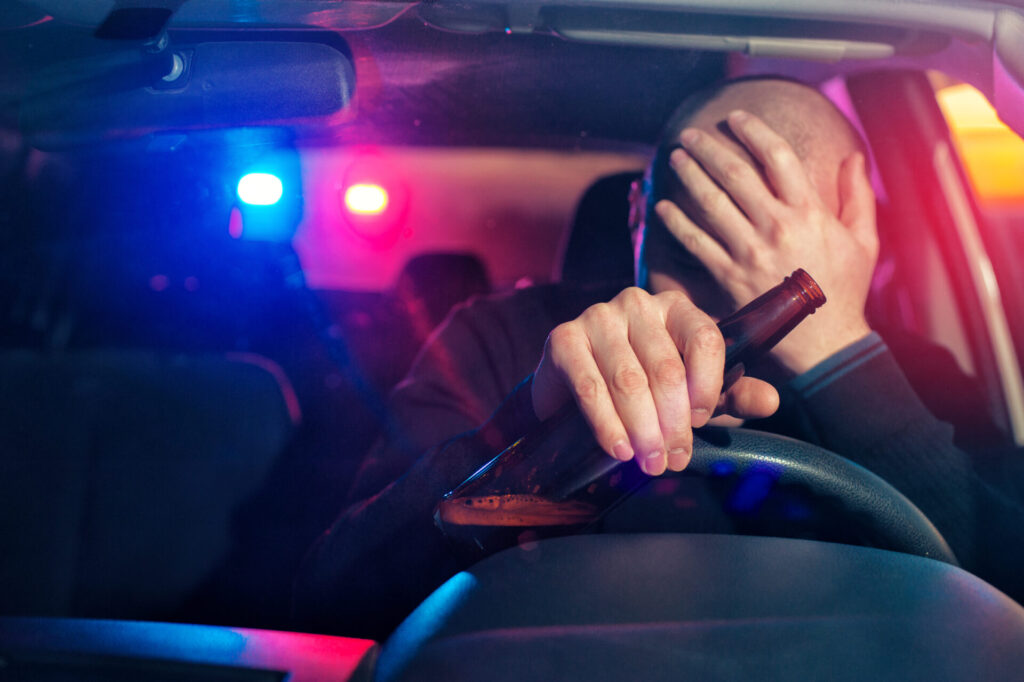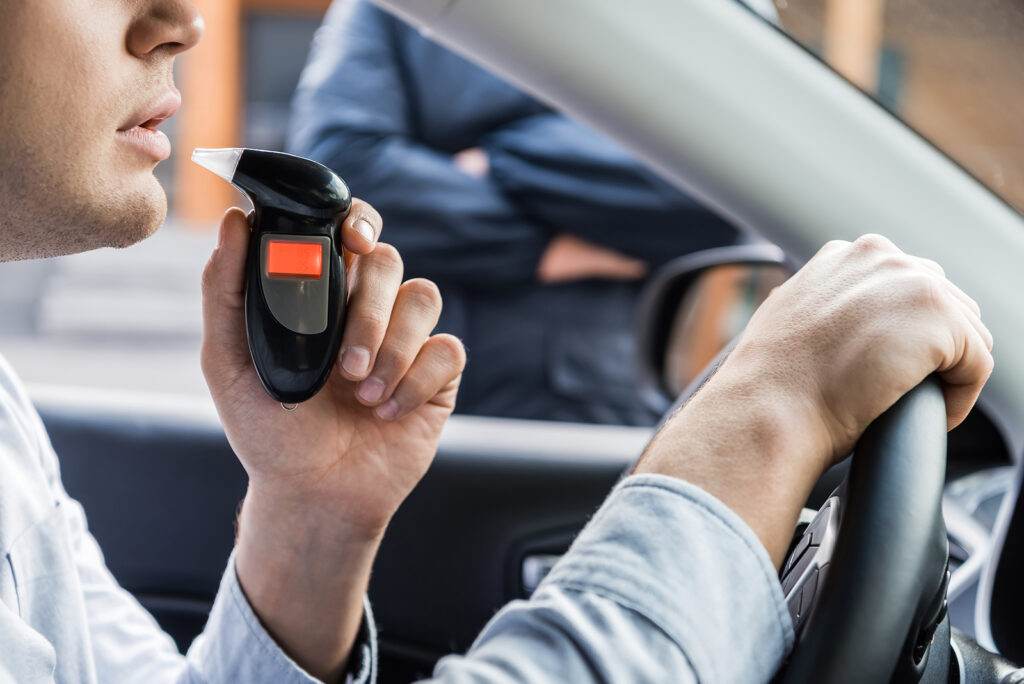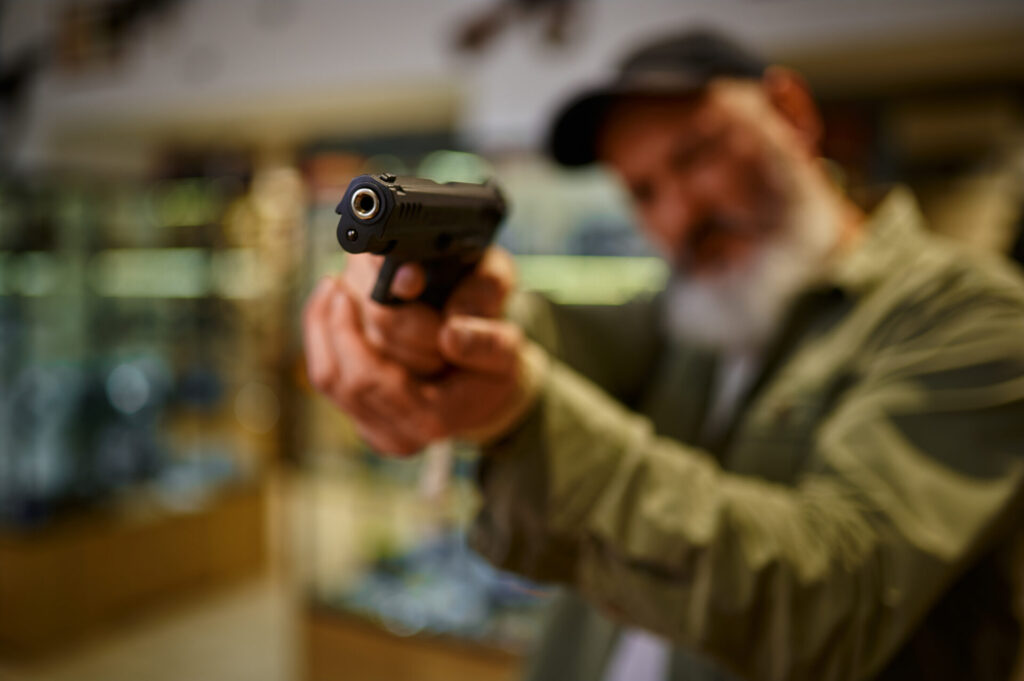A picture is worth a thousand words. After getting into a car accident in Massachusetts, it’s important to document the scene and gather evidence for insurance purposes. When taking pictures, try to capture the following:
- Vehicle damage: Take photos of the damage sustained by your vehicle and the other vehicles involved. Capture multiple angles to provide a comprehensive view. Include close-up shots of any significant dents, scratches, or broken parts.
- Accident scene: Photograph the overall accident scene, including the position of the vehicles, the intersection or road where it occurred, and any relevant landmarks or signs. This helps provide context and a visual representation of the incident.
- Skid marks or debris: If there are any skid marks, tire tracks, or debris on the road, document them. These can help establish the sequence of events and provide insights into how the accident occurred.
- Traffic signs and signals: Take pictures of any relevant traffic signs, signals, or road markings near the accident scene. This can be helpful in determining factors such as right-of-way or speed limits.
- Weather conditions: If weather conditions played a role in the accident, photograph the weather at the time, such as rain, snow, fog, or any other factors that may have affected visibility or road conditions.
- Injuries: If you or any passengers sustained visible injuries, it can be helpful to document them through photographs. This can serve as evidence of the physical harm caused by the accident.
- License & Registration: While exchanging information with the other driver(s) involved in the accident, photograph their license and registration in order to have a paper trail when it comes to contacting insurance companies.
Why is it important to take photographs at the scene of a car accident?
- Documentation: Photographs provide visual documentation of the accident scene, including vehicle damage, road conditions, and other relevant factors explained above. This evidence can be crucial when filing an insurance claim or if the accident leads to legal proceedings.
- Liability determination: Photographs can help establish the liability or fault in an accident. By capturing the position of vehicles, damage sustained, and road conditions, they provide a clearer picture of how the accident occurred. This documentation can support your version of events and help prove who was at fault.
- Insurance claims: When filing an insurance claim, photographs serve as valuable evidence to support your case. They can demonstrate the extent of damage to your vehicle, injuries sustained, and the overall severity of the accident. Insurance companies often rely on visual evidence to assess claims and determine appropriate compensation.
- Memory preservation: Accidents can be stressful and traumatic events. Taking photographs allows you to preserve important details that you may forget over time. Having visual records helps you recall specific aspects of the accident, ensuring accuracy when providing statements or testifying later.
- Disputes and legal proceedings: If the accident leads to disputes or legal proceedings, photographs become crucial evidence. They can help your attorney, insurance adjusters, or even a court understand the circumstances surrounding the accident. Visual evidence often holds significant weight in resolving conflicts and reaching fair settlements.
Taking photographs at a car accident scene is crucial for a variety of reasons. They provide essential documentation, help establish liability, facilitate the insurance claims process, preserve accurate memory, and play a significant role in resolving disputes or legal proceedings. Remember to prioritize safety first and take photographs as soon as it is safe to do so. By utilizing this valuable tool, you can protect your rights, present a strong case, and ensure a smoother recovery process after a car accident.






